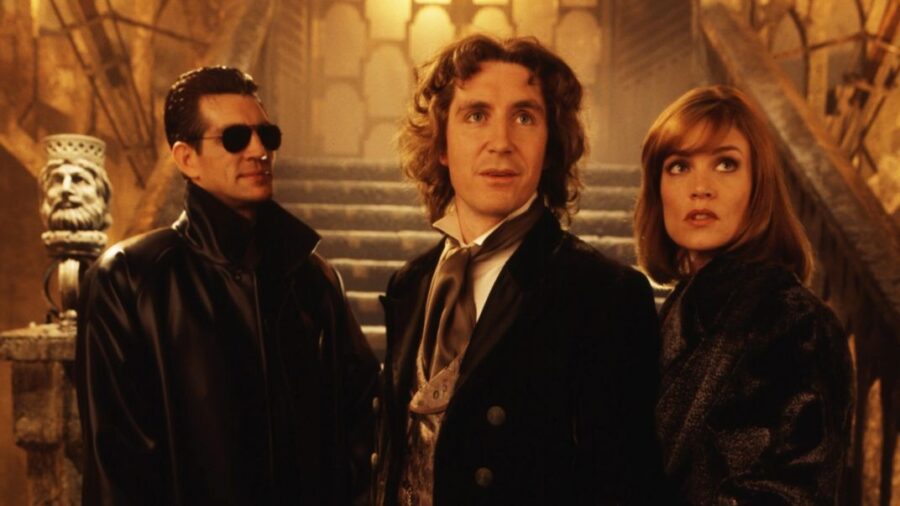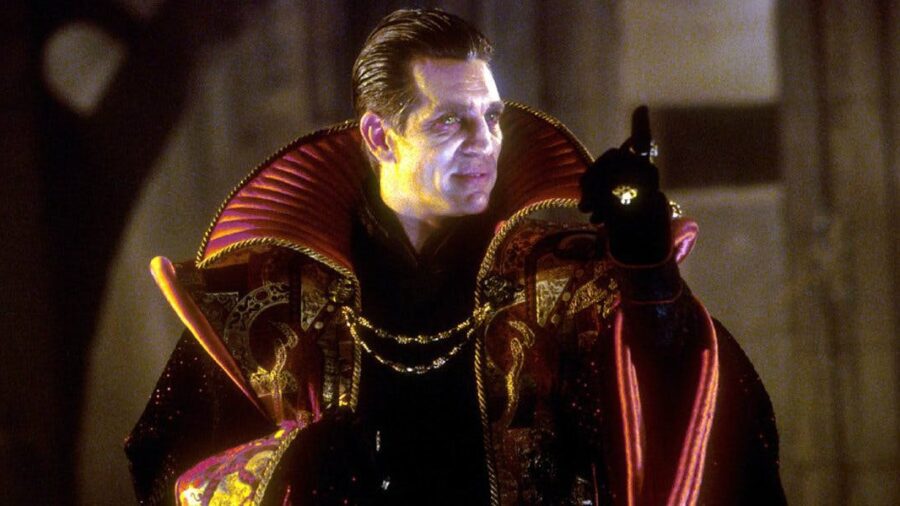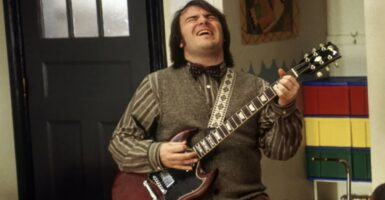The Doctor Who Movie That Is Secretly Brilliant

For many years now, the 1996 Doctor Who TV movie has been considered a failure, especially because it set back a revival of the popular BBC franchise by almost a decade. For that matter, many of the people who first fell in love with the Doctor thanks to the 2005 revival have probably never seen this film, although its star has made some later Doctor Who cameos. But whether you’ve been a fan from the beginning or you’re a more recent Whovian, we’re here to explain why that 1996 movie is secretly a brilliant “must-watch” for all fans of Doctor Who.
The much-maligned 1996 Doctor Who TV movie, featuring Paul McGann as the Eigth Doctor, is worth a second look despite its reputation.
First of all, this Doctor Who movie has some great actors at the heart of it: top billing deservedly goes to Paul McGann, who plays the Eighth Doctor with a wonderful combination of whimsy, gravitas, and charm. If you like how David Tennant’s Doctor can bounce from silliness to seriousness on a dime (or maybe we should say “on a jelly baby”), you should know that McGann walked so that Tennant could run. And speaking of predecessors, fans of classic Doctor Who will likely appreciate that this film gives Sylvester McCoy’s character the farewell that he never received after Doctor Who was canceled back in 1989.
And we can’t talk about the killer cast without talking about Eric Roberts as The Master. Roberts gives this fan-favorite villain a deliciously chaotic mania, and between this and his colorful wardrobe (seriously, the guy looks like he should be fighting Flash Gordon), his performance felt like a love letter to the goofiest parts of Who history that we can’t help but love. He’s a large part of the appeal of this Doctor Who movie, and thanks to fan demand, both Roberts and McGann later reprised their roles for some very popular Big Finish Doctor Who audio productions.

Eric Roberts in the Doctor Who TV movie gives a must-see performance as The Master.
Additionally, the story of this Doctor Who movie feels much more epic than we were expecting: it deals with the death and rebirth of both the Doctor and the Master, and it has our characters racing against time to save all of planet Earth from a tear in reality. We even get some deep lore regarding the number of regenerations these characters have, which effectively previews something the Eleventh Doctor would later have to deal with.
Speaking of deep lore, this Doctor Who movie also throws out the idea that the Doctor is half-human, which isn’t really supported by anything else in the franchise. Some fans have nearly driven themselves crazy trying to reconcile how this could be true or, if not true, why both the Master and the Doctor would lie about it.
However, we’ve come to like this random moment because it makes the Doctor seem like a nearly mythical figure, and between us seeing him through the eyes of companions and the well-known fact that “the Doctor lies,” there is something almost reassuring that we’ll never know all there is to know about this ancient alien.
The 1996 Doctor who TV movie is notable for being the only television content produced in the long-running franchise during the 90s.
And if nothing else, we think Doctor Who fans need to watch this movie because it made franchise history in a number of ways: it’s Sylvester McCoy’s farewell (until the 2005 series later brought him back for a cameo, as it did with McGann), and it’s the only Doctor Who movie or television content from the 1990s.
It’s also a thrilling story that earned the coveted Saturn Award for Best Television Presentation that year, which is doubly impressive because American networks mostly cared about whether this film could gauge interest in an American-produced Doctor Who series. That American-produced series never happened, but fans can enjoy this movie as a fascinating glimpse into how close we came to getting a Doctor Who revival in 1996 rather than 2005.












